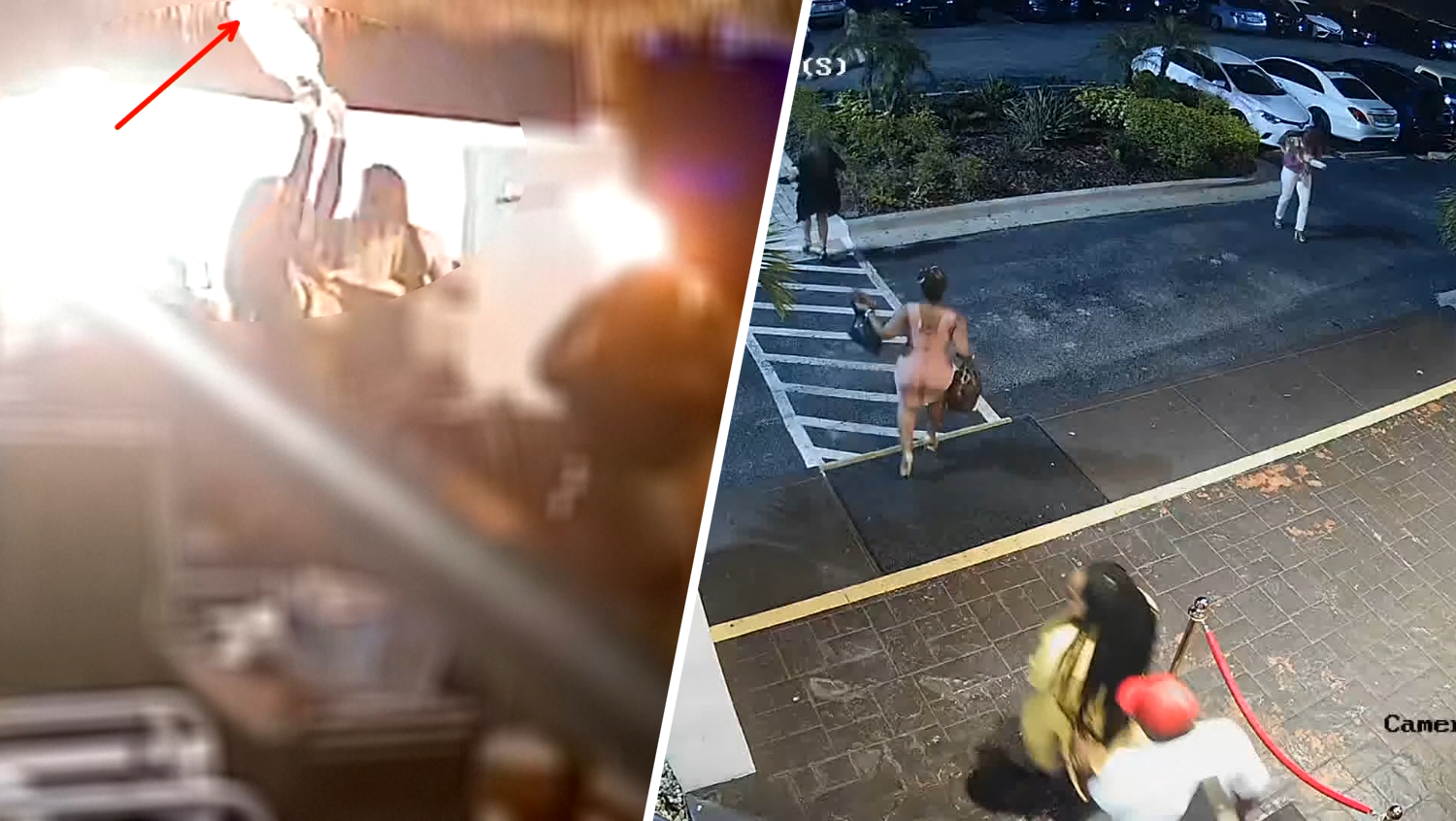Just where the $10 million in 19th century gold coins a Northern California couple found buried on their land came from is still a mystery, as theories abound and experts disagree on how the haul wound up there.
One curious historian thinks he may have solved the mystery, and if he's right, a turn-of-the-century heist at the U.S. Mint in San Francisco may be involved. But the agency itself said Tuesday that it has no information linking the coins to any U.S. Mint facility.
The gold coin bonanza, which an anonymous couple found buried in rusty canisters on their land while walking their dog, has been drawing fevered speculation on par with California in 1848.
Tuesday's statement from the mint came after self-appointed historian Jack Trout spotted a brief news item in an industry publication from 1900 that he considered a clue to how the rare coins ended up in the Sierra Nevada foothills, the San Francisco Chronicle reported Monday.
"The sum of $30,000 in gold coin has recently been stolen from the vault of the cashier of the San Francisco Mint. No trace has been found of the missing gold," that item from the Bulletin of the American Iron and Steel Association read.
According to the Chronicle, a few factors support the theory that the coins came from the mint — namely, that the coins were were mostly uncirculated and mostly in chronological order, suggesting they were unused.
Trout said that one coin in particular pointed to that heist: An uncirculated 1866 Liberty $20 gold coin, missing the usual phrase "In God We Trust," according to the Chronicle. He said he didn't believe the coin had ever left the Mint before the robbery and that its presence in the hoard linked it to the heist.
U.S. & World
But rare coin expert David McCarthy, a senior numismatist for Kagin's, told NBC News that the theory that the coins came from that 1900 heist was "provably incorrect."
Among his reasons: The hoard contains some heavily circulated coins, though the mint would have melted them down rather than storing them. The found coins don't have what experts call "bag marks," he said.
All of the coins in the couple's hoard are dated 1894 or earlier, also, meaning they would have been stored for at least six years if they were from the mint heist. McCarthy said it was unlikely the mint would have hung onto those coins for so long.
A more likely, if less exciting, explanation might be that a miserly person buried the treasure and unexpectedly died before he could dig up the cans, McCarthy said — a theory that experts interviewed by the Chronicle thought more probable, too.
They noted that paper money wasn't in common use in California until the end of the 19th century, and at the time, someone wary of banks and with plenty of cash might well count both circulated and brand new coins among his savings.



